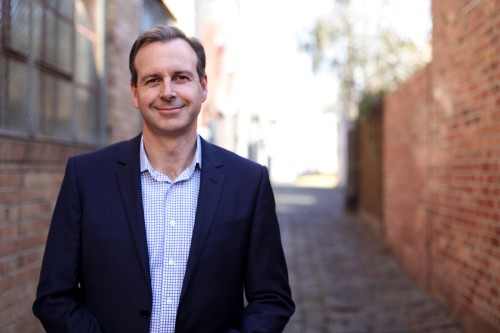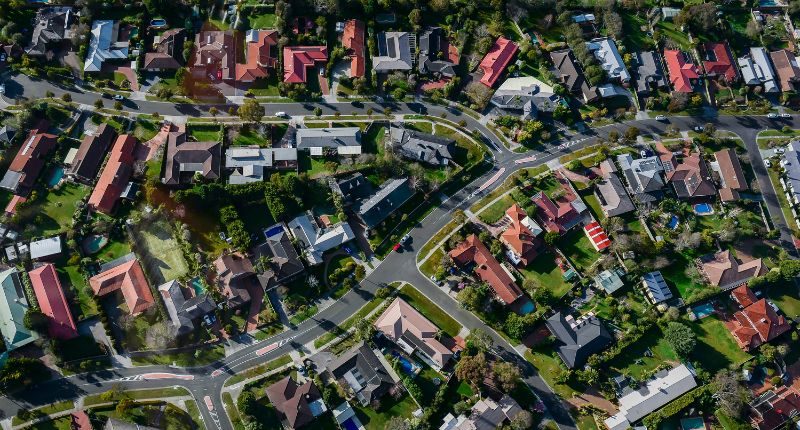- 2022 came off the back of 2021, where steep prices rises were seen
- Experts agree the rental crisis will worsen, and it is likely we are nearing the end of the rapid interest rate rise cycle
- Some experts believe house prices will actually rise next year
2022, without a doubt, has been a surprising year.
A year ago there was a housing boom right across the nation, with extraordinary gains, especially in Sydney and Queensland. Despite some gentle headwinds, the Reserve Bank of Australia (RBA) kept the cash rate at the record low level of 0.1%, resulting in interest rates around the 2% mark.
In May, the RBA finally pulled the pin – about two years earlier than they anticipated – and increased the cash rate. They then did this for the next eight months.
The impact was immediate, with most property markets recording price declines with a lack of interest from both owner occupiers and especially investors.
Now as we head into 2023, key property experts from across the spectrum have shared their thoughts on what they believe will happen.
One response, in particular, will surprise you.
Largely dependent on monetary policy
Ben Kingsley, Chair of the Property Investors Council of Australia (PICA), said there are two scenarios that need to be considered when forecasting how the Australian property market will perform in 2023.
First, is if the RBA continues its monetary tightening, which will depend on how high inflation gets.
Secondly, it depends on the Australian Prudential and Regulatory Authority (APRA)’s serviceability buffers – what you are assessed on when taking out a loan based on disposable income and expenses – and if these are lowered back down to 2% or 2.5%.
“(This would allow) borrowers back into the market – then we’ll most likely see a stabilising of prices in more states than less, from the current declining markets we have now,” said Mr Kingsley.
“If the cash rate pushes to mid-3% and even beyond, we will continue to see a very sluggish market, with further price corrections, even if APRA do adjust their buffer rate down.
“If they don’t move the buffer rate at all in 2023, we are in for a tougher landing in the property sector than was really needed, and this will cause unnecessary pain on more households than needed.”
Along with factors such as inflation, interest rates, strong labour market and increased migration, Mr Kingsley said a key driver could be negative pressure from further government interventions, such as any rental freezes which he said would “negatively affecting the confidence of investor to invest”.
He expects vacancy rates to remain at record low levels, especially given that migration will increase. Additionally, he expects flatmate sharing to become more common.
“Continuing on from our correct prediction of last year, rents will continue on their upward trend as investors pass on the increased lending costs from higher mortgage repayments,” he said.
“There is currently a housing undersupply due to our increasing population, but limited lending will see the undersupply of stock amplify in 2023.

“Regional markets will come under selling pressure as the higher running costs of second lifestyle homes due to increased interest rates, as well as the relaxation of the pandemic health orders, potentially will see some of these properties become excess to need.”
Ben Kinglsey
Rental crisis to worsen
Nicola McDougall, author of The Female Investor, Chair of the Property Investment Professionals of Australia (PIPA) and a contributor here at The Property Tribune, said that while it appears we are nearing the end of the current rising internet rate cycle, it is unlikely that the rapid increase in mortgage repayments will not negatively impact households next year.
“Experienced and qualified property investment advisers never expected the cash rate to stay at 0.1 until 2024, however, eight rate rises in as many months seems to be excessive, especially given the lag period before it starts to impact consumer spending,” said Ms McDougall.
Ms McDougall also added that investor activity is at it slowest level in 18 months.
“The situation does give me a sense of déjà vu given investors were stuck on the sidelines for a number of years from the mid-2010s because of restrictive lending policies,” she said.
“Today, many potential investors simply can’t qualify for finance given the three-percentage point servicing buffer that is still in play. I expect investment activity to continue to dwindle next year which will further decimate rental markets.”
Asa result of this, she expects the rental crisis to worsen.
“As soon as investors were unfairly locked out of the market more than five years ago, because lending policies made them pay higher interest rates as well as reduced their access to interest only loans, the writing was on the wall,” she said.

“Couple this with the huge volume of investors who have sold in the past two years as well as the fact that investor activity has fallen off a cliff again, then rental markets will be continue to be significantly undersupplied for the foreseeable future.
Nicola McDougall, PIPA Chair
“This is no surprise to our organisation, but state governments seem to think the rental crisis has snuck up on them without any prior warning. There have been plenty of warnings, but they just weren’t prepared to listen.”
Prices will rise…
Terry Ryder, Managing Director at Hotspotting, said he expects property prices to rise moderately next year, with regional differences in play.
As he noted, this is different to many major analysts.
“There is a growing chorus of real estate analysts who are forecasting that residential property prices will rise in 2023 – and I am one of them. In contrast to the predictions of economists working for the big banks and other institutions, specialist real estate researchers see prices growing in the year ahead.”
“No one is forecasting price rises like we saw in 2021, when the national average was an increase above 25 per cent. Rather, most credible analysts are suggesting price growth that could be described as solid or moderate.”
Terry Ryder, Managing Director Hotspotting
He pointed to analysis by Louis Christopher of SQM Research who stated that, in his best-case scenario, house prices will rise in all the capital cities, except for Darwin.
Here at The Property Tribune we have regularly reported that, unlike during other housing downturns such as the start of the pandemic and the GFC, unemployment in Australia remains very low, which is a major macroeconomic factor that needs to be taken into account when predicting the housing market’s outlook.
Mr Ryder noted that the rental crisis will continue, which will be worsened by the increase in the migrant intake.





